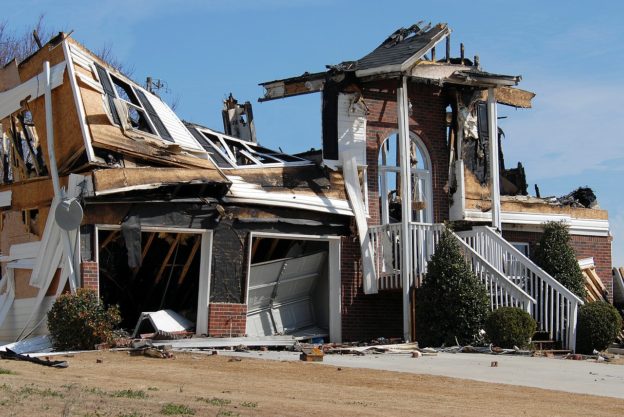Oct 19th is National Move Over or Slow Down Day
Put a Freeze on Winter Fires
The risk of having a home fire increases during the winter months. To help you spread the message about winter fire hazards and ways to prevent them, the National Fire Protection Association (NFPA) and the United States Fire Administration (USFA) are teaming up to promote “Put a Freeze on Winter Fires”. The annual campaign draws attention to the risks of home fires and ways to keep you and your loved ones safe during the winter months.
Each week during December, January and February, USFA will share helpful and practical tips for you to share on your social media accounts. Follow #wintersafety on Twitter at @usfire and on Facebook at www.facebook.com/usfire.
For more fire safety and prevention information, visit USFA.

Eau Claire County Emergency Notification System (Smart911)
Eau Claire County Emergency Notification System (smart911) is a system designed to provide emergency, disaster, and weather related alerts. These alerts can be pushed to your phone or email depending on what you sign up for. To sign up for smart911, click here: smart911
Smart911 is a service provided by Eau Claire County.
Fire Safety During Winter Storms

Wisconsin Fire Prevention Week

Observed each year, Sunday through Saturday during the week that includes October 9th. Fire Prevention Week was established to commemorate the Great Chicago Fire, the tragic 1871 conflagration that killed more than 250 people, left 100,000 homeless, destroyed more than 17,400 structures and burned more than 2,000 acres. The fire began on October 8, but continued into and did most of its damage on October 9, 1871.
Learn more about Fire Prevention Week here.
Carbon Monoxide
Caution: Each year, an average of 430 Americans die from unintentional carbon monoxide poisoning, and there are more than 20,000 visits to the emergency room with more than 4,000 hospitalizations. Carbon monoxide-related deaths are highest during colder months. These deaths are likely due to increased use of gas-powered furnaces and alternative heating, cooking, and power sources used inappropriately indoors during power outages.
-
Never use a generator, grill, camp stove or other gasoline, propane, natural gas or charcoal¬ burning devices inside a home, garage, basement, crawlspace or any partially enclosed area. Locate unit away from doors, windows and vents that could allow carbon monoxide to come indoors. Keep these devices at least 20 feet from doors, windows, and vents.
-
The primary hazards to avoid when using alternate sources for electricity, heating or cooking are carbon monoxide poisoning, electric shock and fire.
-
Install carbon monoxide alarms in central locations on every level of your home and outside sleeping areas to provide early warning of accumulating carbon monoxide.
-
If the carbon monoxide alarm sounds, move quickly to a fresh air location outdoors or by an open window or door.
- Call for help from the fresh air location and remain there until emergency personnel arrive to assist you.





